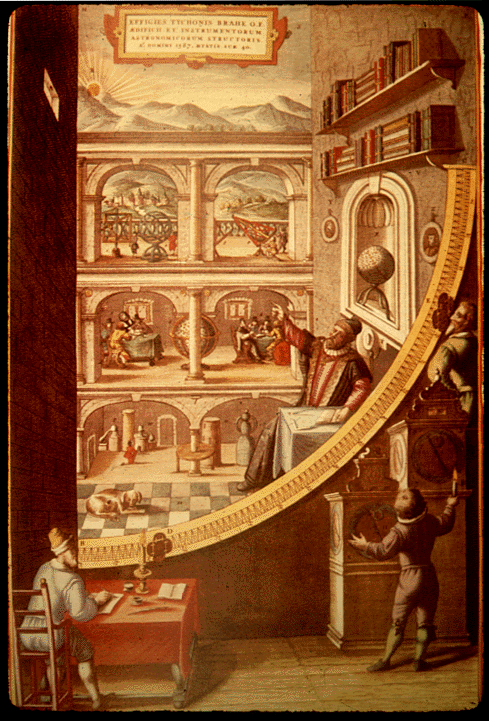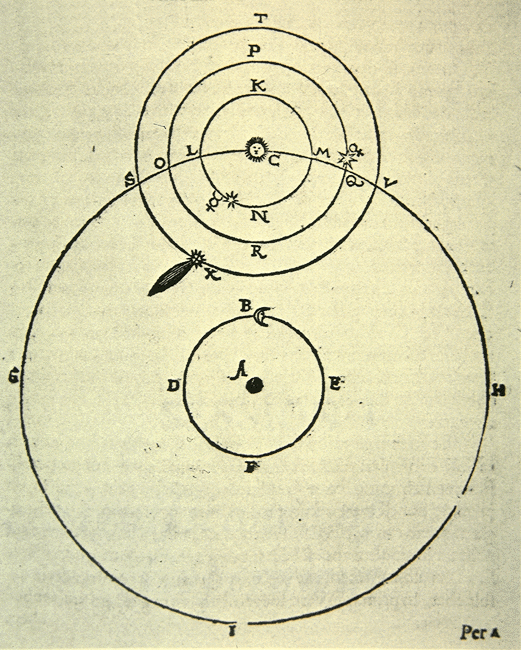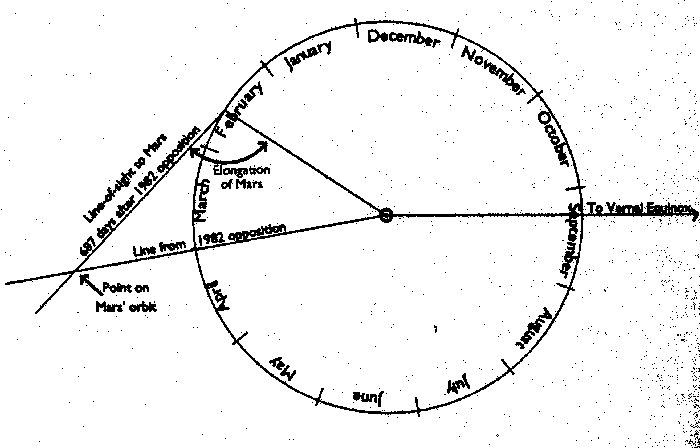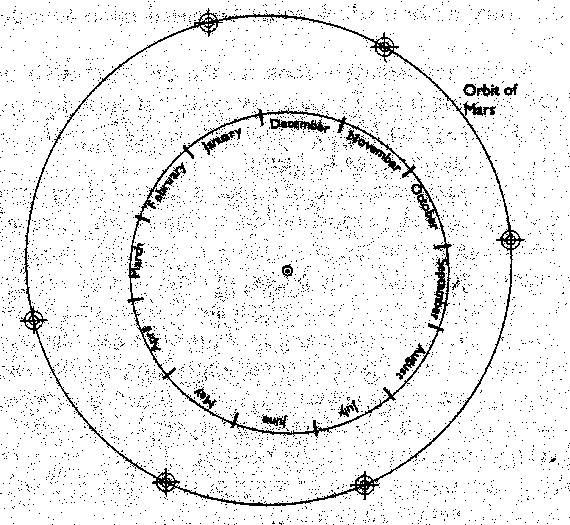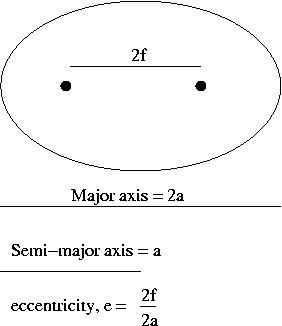|
"Philosophy is written in this grand book -- I mean the universe --
which stands continually open to our gaze, but it cannot be understood
unless one first learns to comprehend the language and interpret the
characters in which it is written. It is written in the language of
mathematics, and its characters are triangles, circles, and other
geometrical figures, without which it is humanly impossible to
understand a single word of it; without these, one is wandering about
in a dark labyrinth."
Galileo, Il Saggiatore |
Assignment:Reading: In Explorations, please read the remainder of Chapter 1 (pp. 54-57), Essay 1, "Backyard Astronomy"( pp. 63-72; especially useful for Observing Lab #2!), and the first two sections of Chapter 2 (pp. 75-77).Sign up for a time slot for Observing Lab #2. Problem Set #3 is due on Thursday at 1pm. |
In Class:
Tycho Brahe (1546-1601)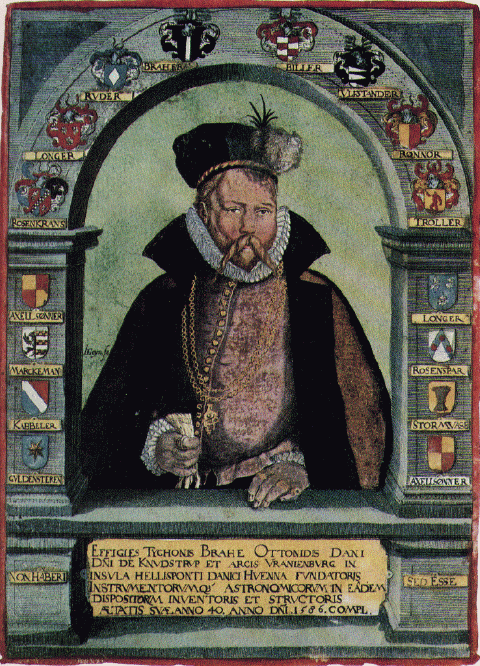
Johannes Kepler (1571-1630)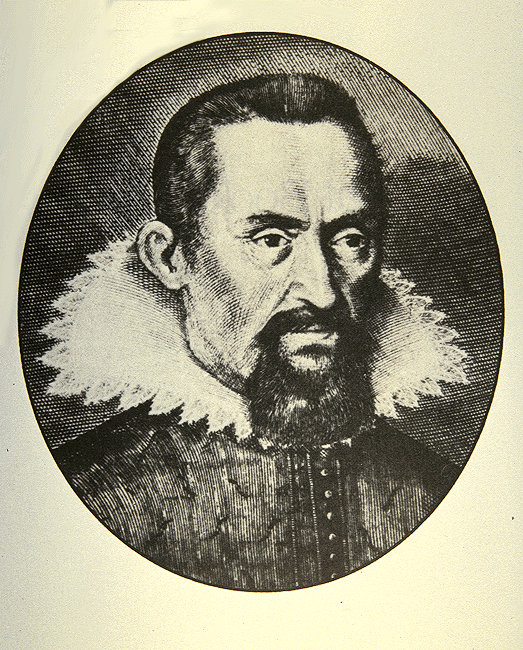
The War on Mars
Kepler's Laws of Planetary Motion
Kepler's First Law
Kepler's Second Law
Kepler's Third Law
|
![]()

